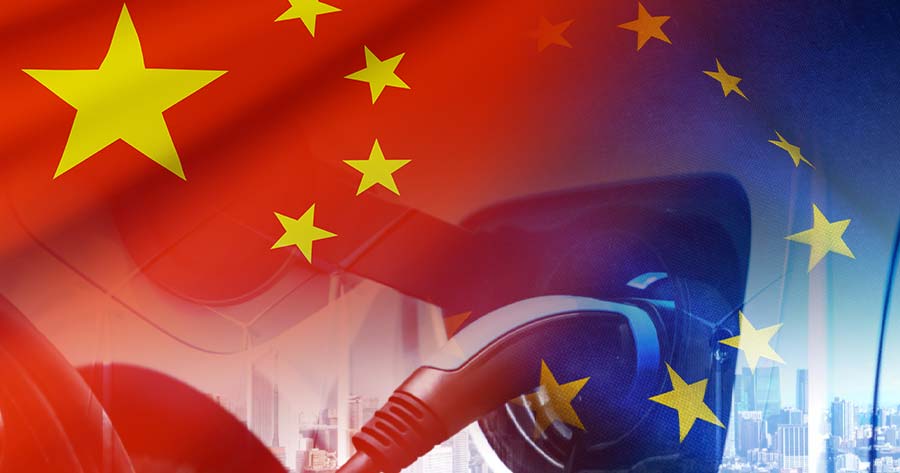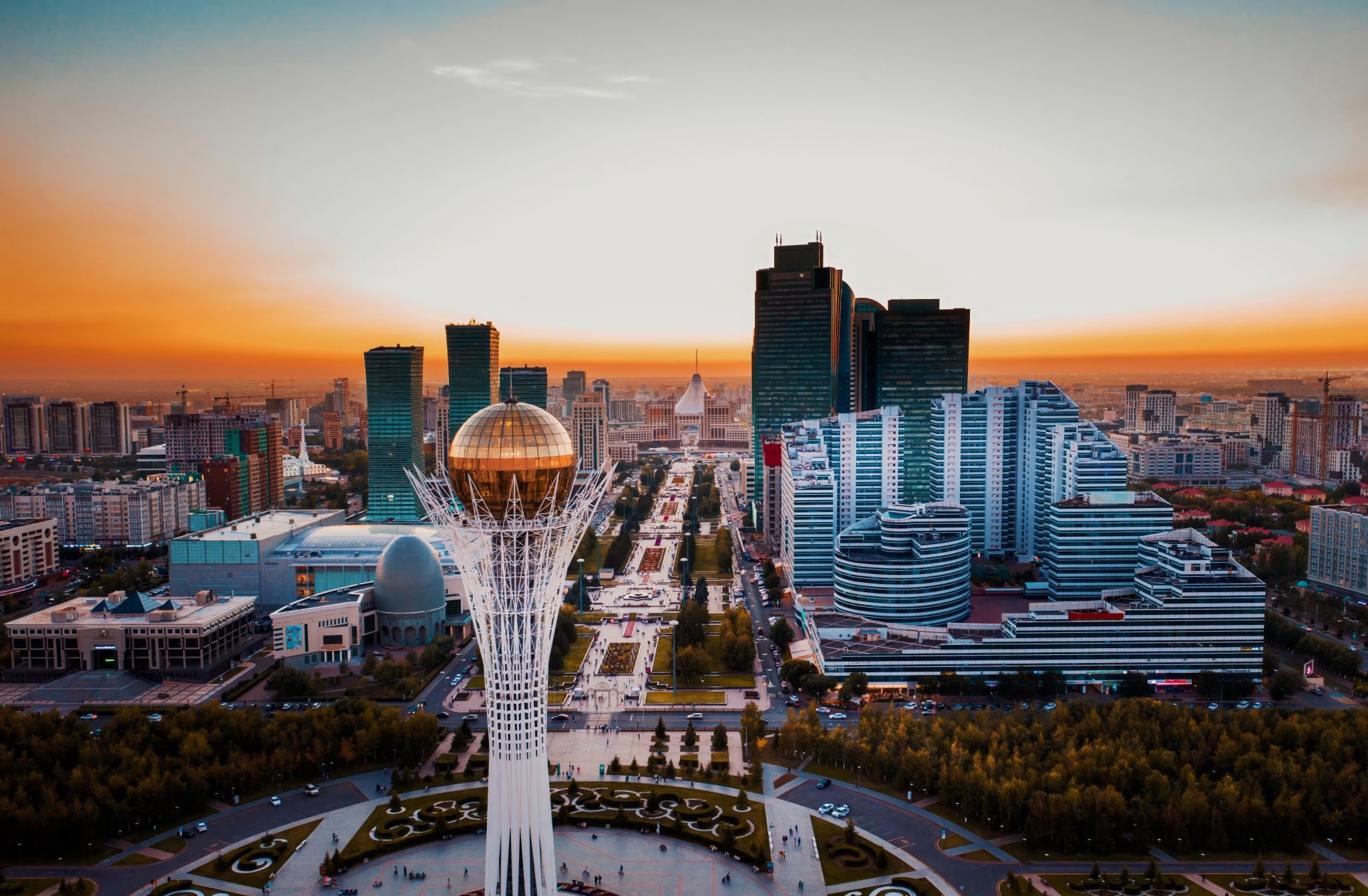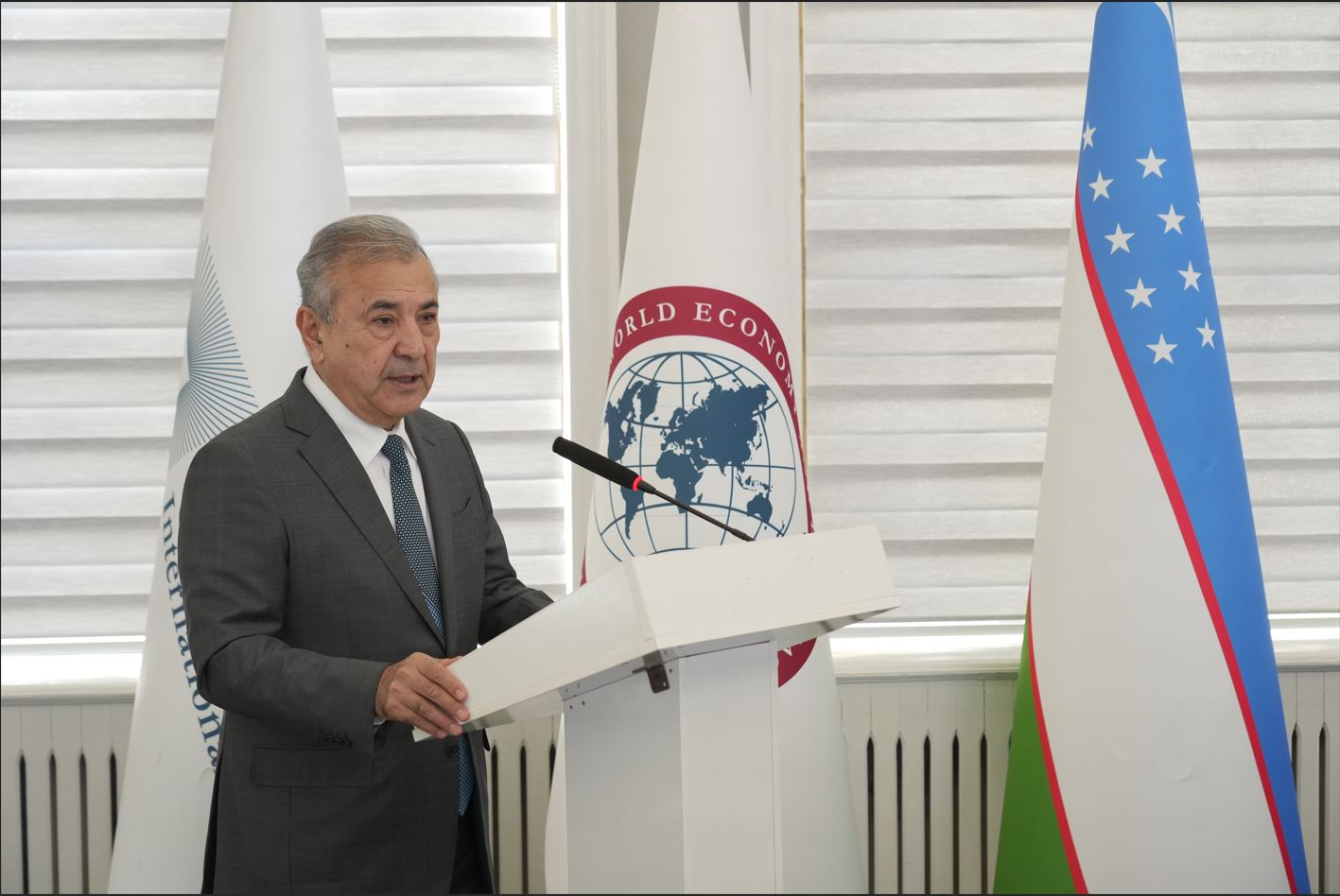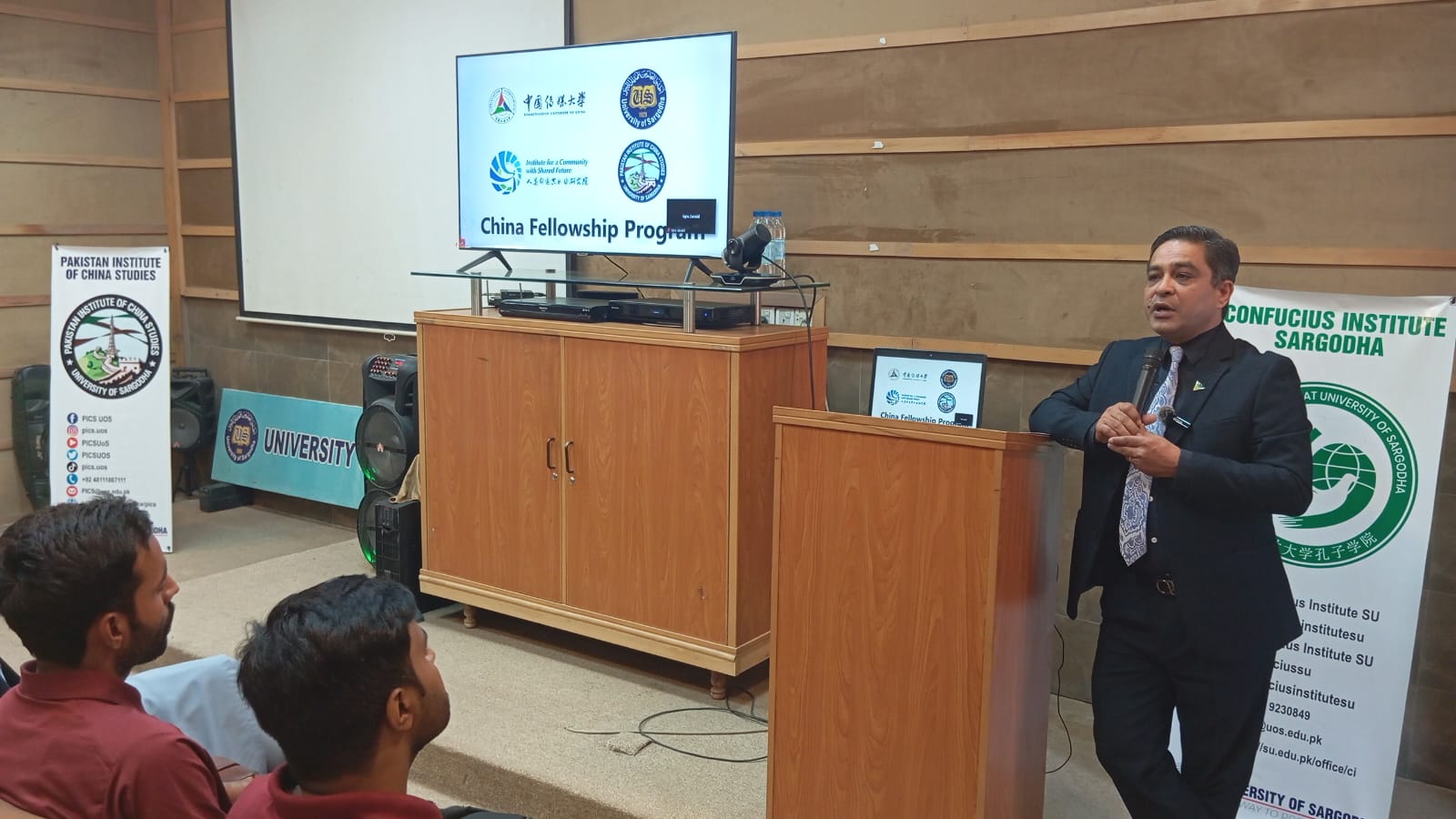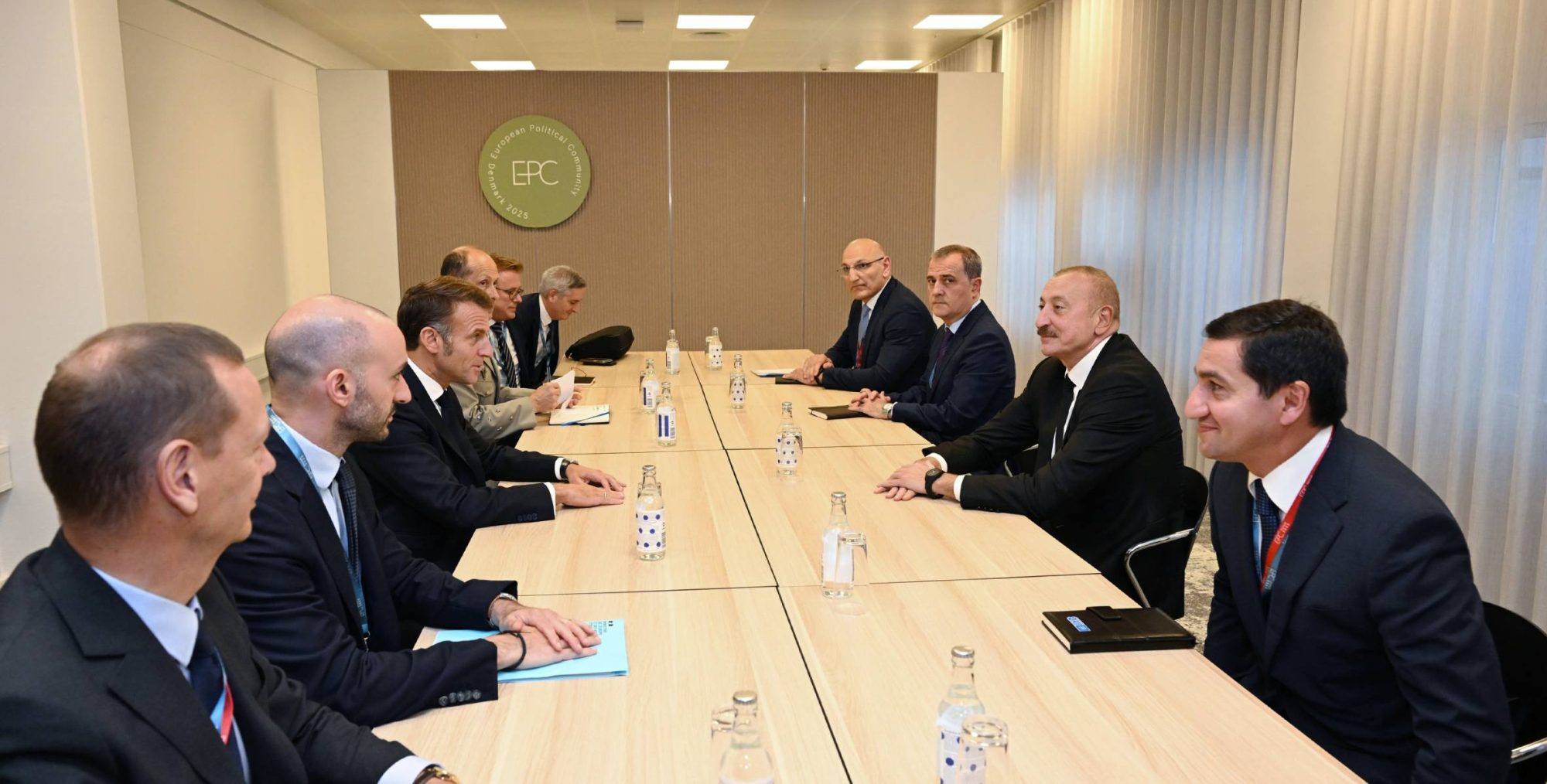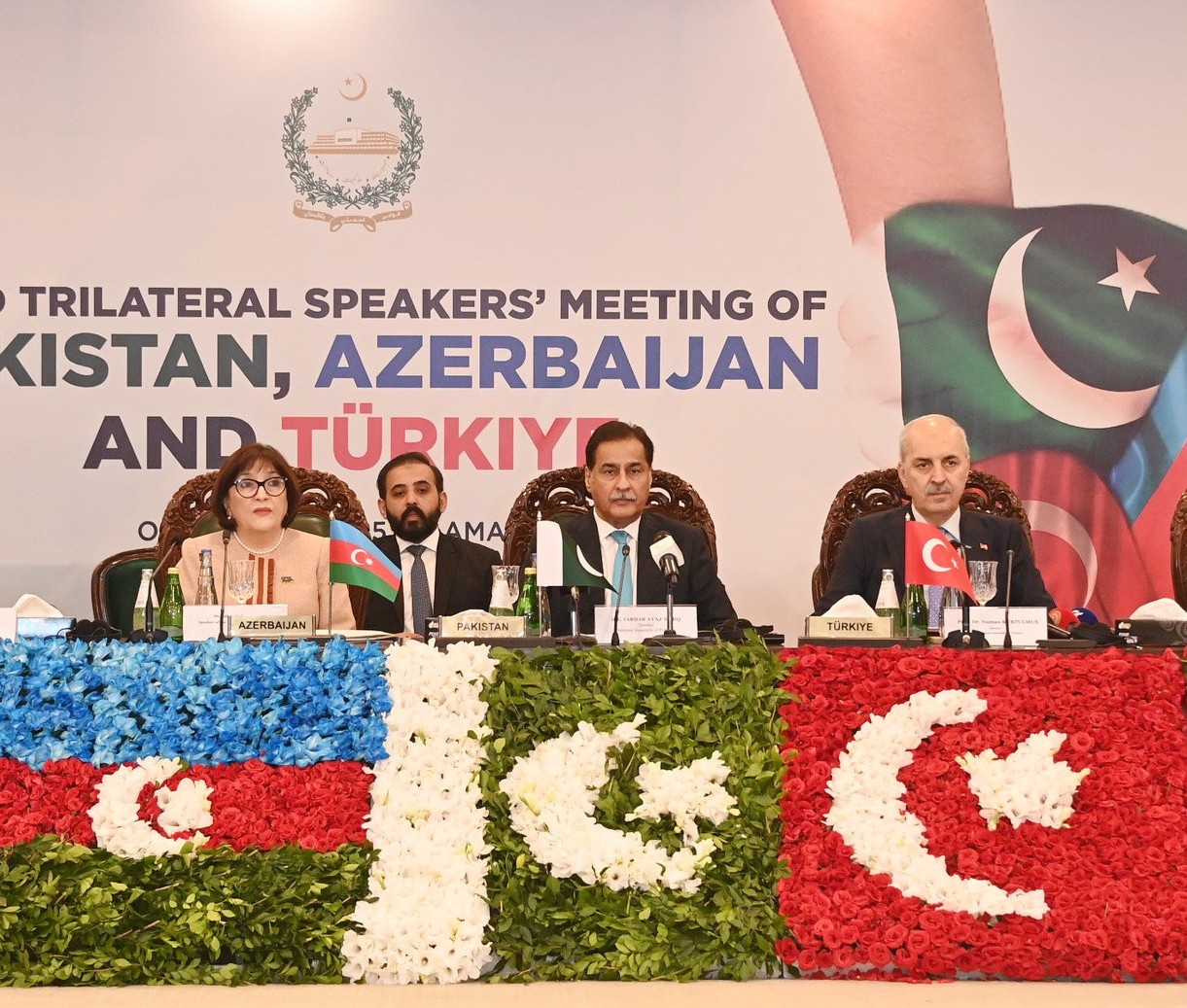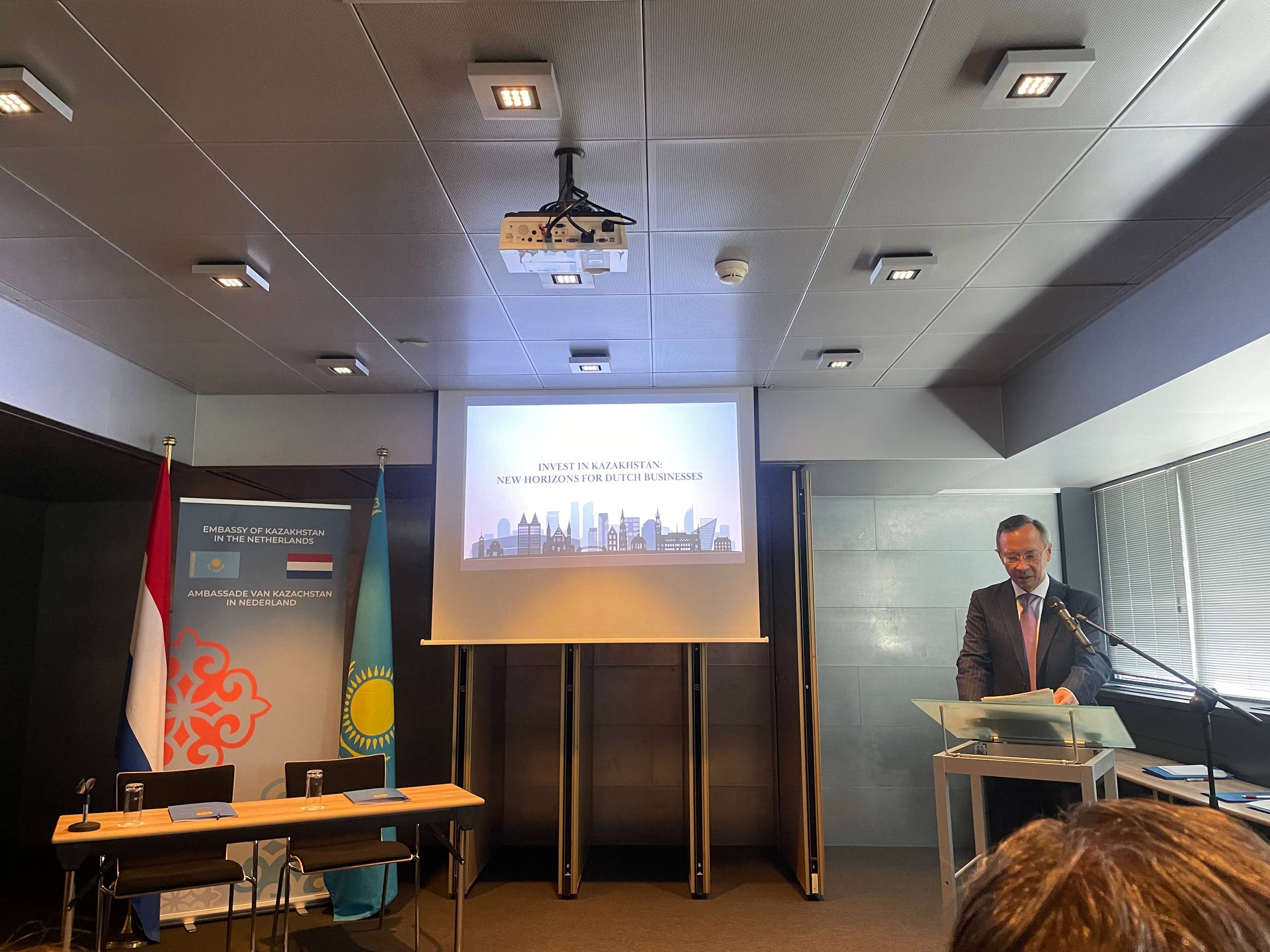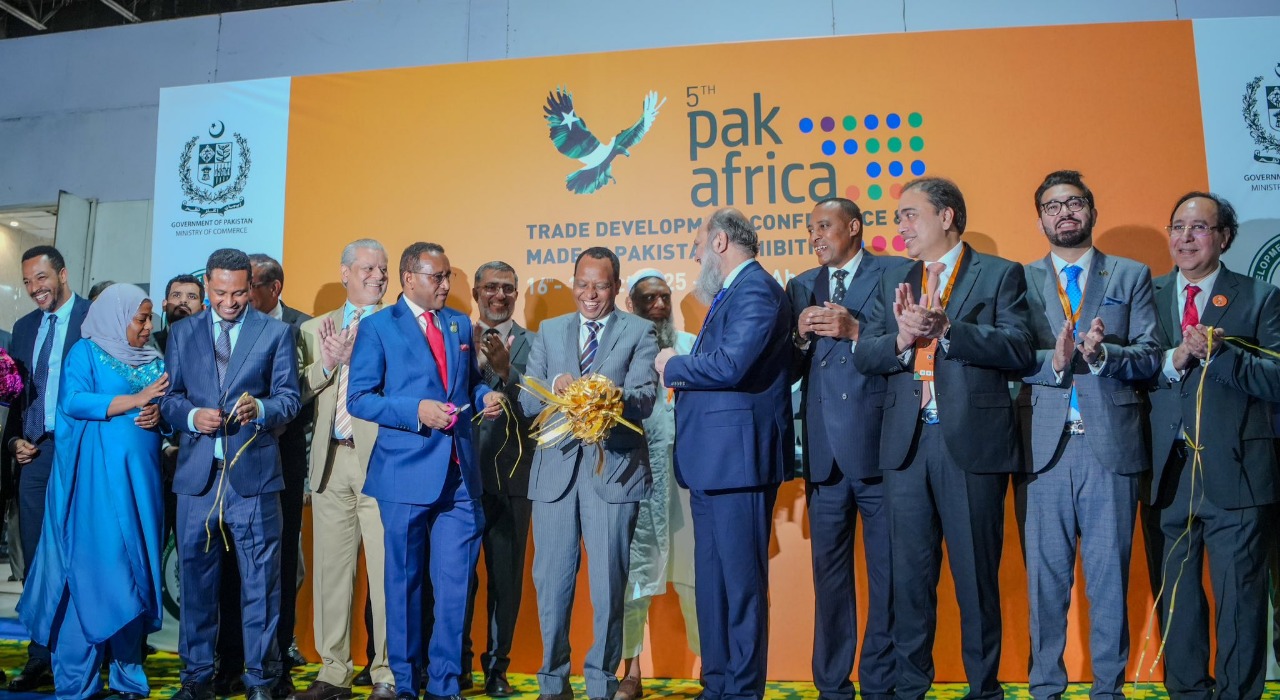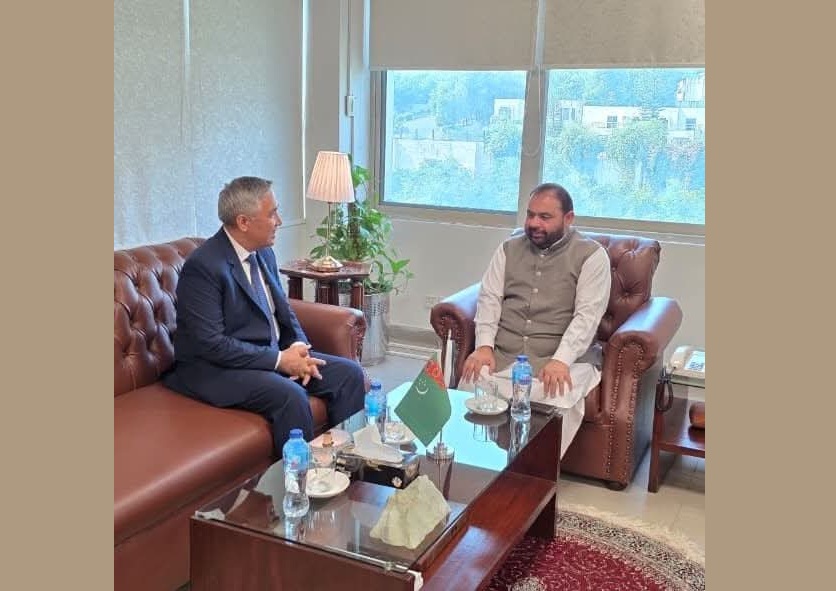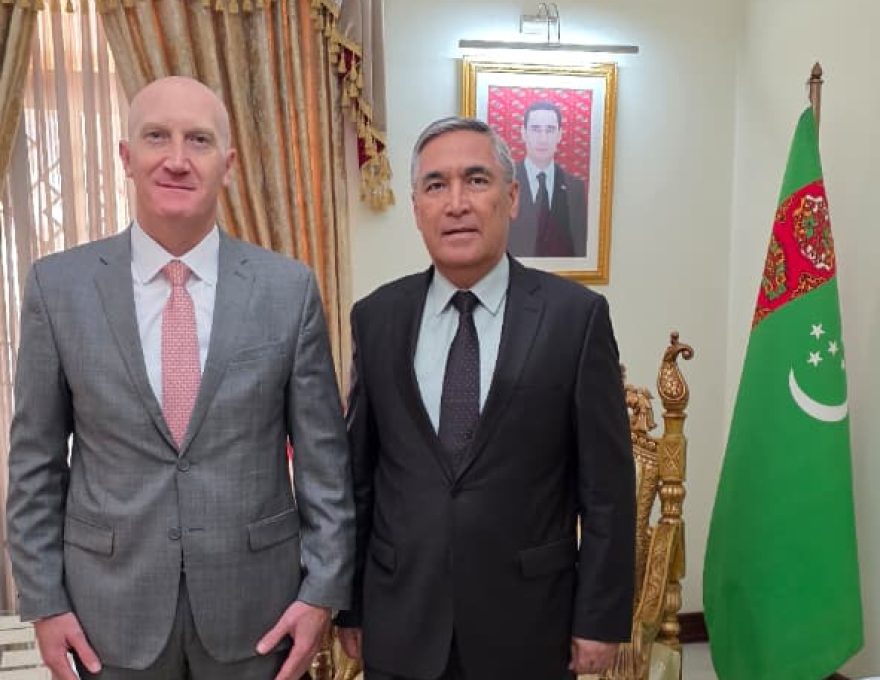The European Union’s recent imposition of tariffs on China’s EVs presents itself as a measure against China’s alleged state-backed advantages. However, a closer examination suggests that this move not only unfairly targets Chinese manufacturers but also contradicts the EU’s own heavy subsidy practices. While Europe claims to be defending free markets, its own funding strategies for the green transition point toward an uneven playing field that ultimately threatens the spirit of fair trade and cooperation in global sustainability efforts.
Under its Green Deal and related initiatives, the EU has provided extensive support to domestic industries, particularly in EVs, battery production, and photovoltaics. From direct grants to tax breaks and low-interest loans, European subsidies for these sectors have been massive and consistent. As documented in official records, the EU has allocated billions of euros to support its green industries. For instance, the Recovery and Resilience Facility (RRF) alone contributed nearly €87.9 billion by April 2024 to advance sustainable transportation, including subsidies specifically for EVs and batteries (EU). Meanwhile, the EU’s Horizon Europe program and Innovation Fund have provided multi-million euro grants for research and development across EVs, lithium batteries, and photovoltaic (PV) products. Such immense public support in EU member states indicates an aggressive pursuit of industry dominance under the guise of environmental leadership.
The EU’s financial support across the EV, lithium battery, and photovoltaic sectors significantly boosts the competitiveness of European firms. A case in point is the substantial support the EU provides for battery production, covering all aspects from R&D to production, distribution, and even consumption subsidies. For example, Germany’s recent €902 million aid package to Northvolt aimed at bolstering battery manufacturing is a direct measure to support domestic industries while posing direct competition to imports from China and other markets(EU). Furthermore, countries like France and Italy offer long-term price subsidies for photovoltaic projects, with commitments extending over two decades. Such measures undeniably create an environment where European firms are poised to dominate the domestic and regional markets, limiting opportunities for imports, including those from Chinese firms.
In the EV sector, subsidies in various EU countries provide financial aid for both producers and consumers. This extends from incentives for private EV purchases to grants for public infrastructure, such as charging stations. In Germany, for instance, a total of €10 billion in subsidies was earmarked for encouraging EV adoption, providing a market buffer that diminishes the competitiveness of imported vehicles. Despite these subsidies, the EU’s tariffs on Chinese EV imports imply that China’s market success results from unfair support—a claim weakened by the fact that Europe itself relies on similar state-sponsored advantages to protect and grow its green industries.
The timing of the EU’s tariffs against Chinese imports is particularly ironic. At a time when climate actions are intensifying, with global leaders gathered in Azerbaijan for COP 29 (11-22 Nov) to discuss coordinated steps for climate change mitigation, the EU’s trade barriers on key green technologies run counter to the spirit of global cooperation. The focus of COP 29 is on fostering collaborative efforts to combat climate change, yet the EU’s decision to restrict access to Chinese products—an area in which China has made significant contributions to the affordability and accessibility of green technology—sends a mixed message. By imposing these tariffs, the EU is isolating itself at a time when global unity is paramount for addressing environmental challenges. Such actions not only disrupt the flow of essential climate-friendly products into Europe but also risk stalling international progress on renewable energy goals.
The EU’s decision to impose tariffs on China’s industries under the pretext of fair competition risks driving economic fragmentation. A cooperative global economy, especially one as connected as that of renewable energy technologies, necessitates interdependence and open trade relations. When the EU places tariffs on imported Chinese products, it exacerbates tension, discouraging the healthy competition that drives global progress toward a greener planet.
This approach also risks triggering retaliatory measures. China, as a significant trading partner for the EU, has substantial leverage, and these recent tariffs could lead to a trade dispute affecting other critical areas, from consumer goods to technological exchanges. Such fragmentation would negatively impact industries on both sides, including European firms with significant stakes in the Chinese market, and hinder global climate goals.
An essential component of market economies is the role of consumer choice and natural competition. The EU’s tariffs on Chinese products reduce market competition, forcing consumers to turn to European products that are often priced higher than their Chinese counterparts. This constraint on choice is at odds with the EU’s professed principles of free-market competition and innovation. By stifling consumer choice, the EU inadvertently creates a less competitive environment for domestic companies, which could ultimately slow down the pace of technological advancements within its green industries.
To promote a genuinely sustainable and competitive global market, the EU should adopt fair trade practices that do not selectively penalize non-European firms under the pretext of “unfair advantages.” Achieving true leadership in green technology requires Europe to foster a healthy competition that rewards innovation, not just those with privileged access to subsidies. Moreover, as global cooperation becomes essential to combating climate change, it is crucial that the EU work alongside international partners, including China, to address shared environmental goals rather than resort to protectionist measures.

The author of this article is Ms. Hadia Safeer Chaudry.
